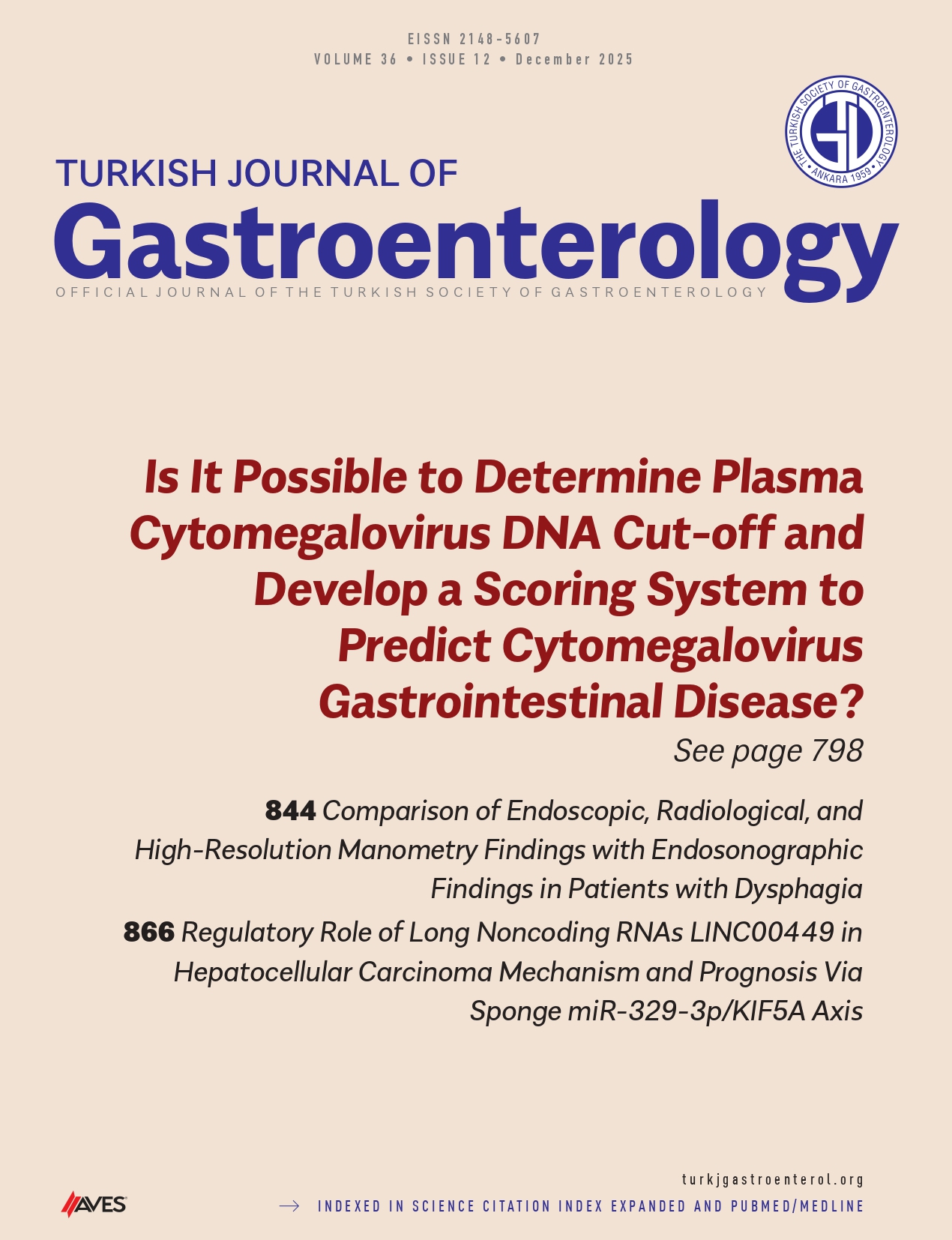Abstract
INTRODUCTION: The aim of the present study were to determine etiology of cirrhosis and its complications, and to investigate any changing trends in etiology of cirrhosis during the last years.
METHODS: Between January 2001 and January 2018, a total of 14.002 patients with liver disease were seen in the Liver Diseases Outpatient Clinic. Among them, 1341 patients (9.6%) had diagnosed with cirrhosis. Cirrhosis was defined clinically, biochemically and histologically when available. All patients were followed for at least 6 months after diagnosis. Complications of cirrhosis were evaluated, and Child-Pugh and MELD scores were calculated during admission and follow-up visits. The median follow-up period was 41.4 months.
RESULTS: A total of 898 patients with cirrhosis were included into analyses. All patients were Caucasians, median age was 55 years, and 59% of the patients were male. The median disease duration interval was 84 months. Chronic viral hepatitis were the most frequent causes of cirrhosis (57.7%). Hepatitis B virus was the main etiology in the overall cohort (34.3%), followed by cryptogenic liver diseases (24.1%), hepatitis C virus (17.6%), and autoimmune liver diseases (9.8%). Among patients with cryptogenic cirrhosis, 41 (32%) had diabetes mellitus and 56 (44.0%) had metabolic abnormalities including diabetes mellitus and/or hypertension. When we considered including metabolic abnormalities with cryptogenic cirrhosis in non-alcoholic fatty liver disease (NAFLD), the overall proportion of NAFLD in this cohort increased from 1.8% to 8.0%. During admission, 27% of the patients had compensated disease whereas, 59.4% decompensated disease. Of these patients, 38.4% had Child-Pugh class A, 40.5% class B and 21.1% class C. Median MELD and Child-Pugh scores were 10 and 7, respectively. Ascites was the most common sign of the decompensation (51.3%), followed by hepatic encephalopathy (16.6%), variceal hemorrhage (17.4%), and 27.1% of the patients had more than one decompensation signs. HCC was detected in 8.2%. HCC was more commonly seen in patients with virus-induced cirrhosis than that of patients with non-viral etiology-induced cirrhosis (11.6% vs 3.7%, p<0.001).
CONCLUSION: Based on the result of the present study, chronic viral hepatitis remains the leading cause of etiology in cirrhosis and HCC. However, the growing incidence of NAFLD-related cirrhosis is documented over the years.




.png)
.png)